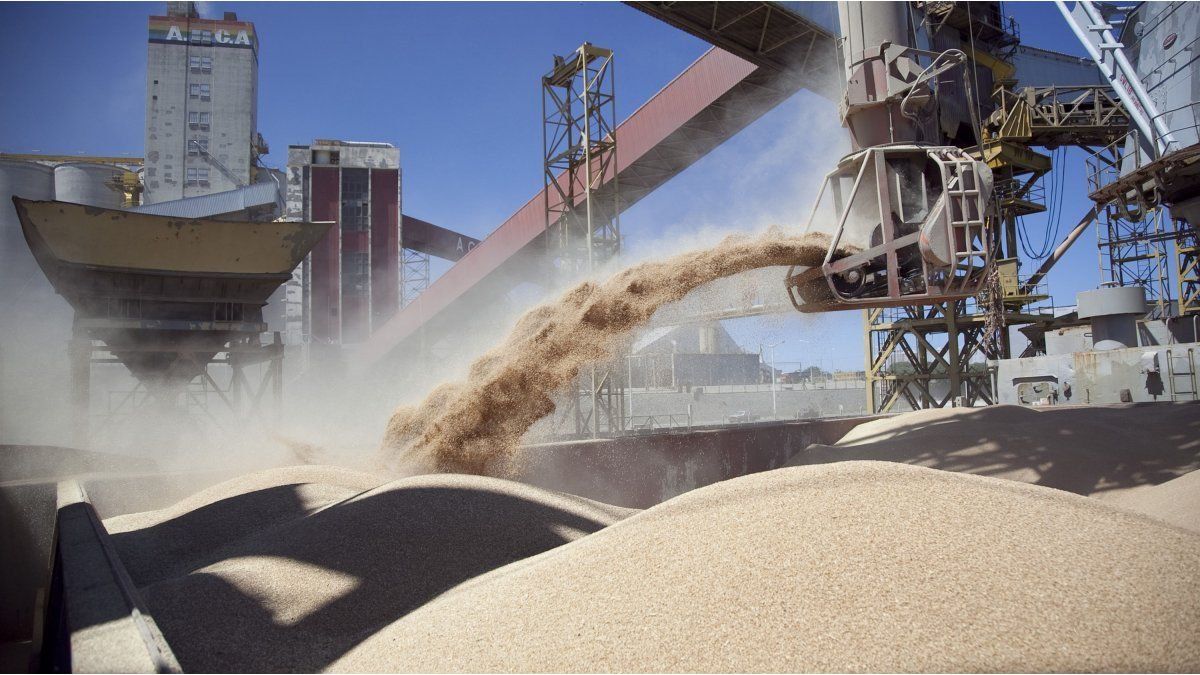He Government and the markets They will not have the number of this year dollars that were waiting of field exports. And it is not mainly due to the fact that producers retain more grains than in other campaigns, but rather international prices plummeted.
According to a report by the consulting firm Labour, Capital & Grouth (LCG), The amount of agricultural exports in the months elapsed in 2024 is similar to that of the last five campaigns, slightly below average.
But they point out that, “compared to a year ago, FOB export prices of the Soybeans and pellets for July are at 21% and 24% down”. “Oils fell by 3%. For their part, Bread wheat, wheat flour and corn suffered a drop of 19%, 13% and 19%respectively,” the report says.
For market analysts, this could be the real problem that generates distrust among investors regarding the the Central Bank’s ability to continue accumulating international reserves, given that a situation of lower supply is combined with higher demand from importers.
It should be noted that, starting in May, with the normalization of the flow of dollar sales to pay for imports, an average of US$4 billion is being lost per month.
LCG-DOLLARS.png
“For the medium term, the level of exports is structurally too low, which sets a limit on the level of payments for imports and, therefore, on the level of economic activity”, warns LCG.
The study states that “with the quantities that were actually exported, if the prices of each month had been those of last year, the liquidations of the soybean complex would have been US$1 billion higher.” If corn and wheat are included, losses rise to US$2.3 billion.
Hence, analysts conclude that the problem is not seasonal, as the economic team says. The Treasury Department assures that they had anticipated for the period that goes from July to September there was a drop in liquidations, but they will recover in the last quarter.
The dollar problem is structural
But, in the market, it is assumed that This is already a structural problem, which will be permanent. In order to overcome this external restriction, it will be necessary to boost exports.
On the other hand, LCG points out that the export value of the current campaign is about US$30,000 million“This sum will only be fully consolidated in March 2025, when the total amount produced in each campaign is usually sold,” the report states.
The consultancy firm indicates that “of the US$30,000 million the complex Soybeans will contribute US$20 billion, corn US$7 billion and wheat US$2.5 billion.”
“With data up to June, the liquidation of the current crop campaign amounts to US$10 billion. $19 billion would remain to be settled in the next nine months, of which $13 billion should come in before the end of the year, assuming a linear distribution per month of the tons not yet settled,” the study details.
Eduardo Santángelo, the economist partner of Carlos Melconian, He points out that the market will have to “monitor” the Government’s latest announcements regarding its intervention in the cash settlement market.
“For now, what we have to see is that the BCRA buys dollars, because in June and July we came in at zero. We always knew that the best time to buy dollars was going to be from December to June, but it was brought forward to May.“We have been in a drought for two months because this cycle of importers buying merchandise but not being able to pay for it has ended,” he said.
Source: Ambito




